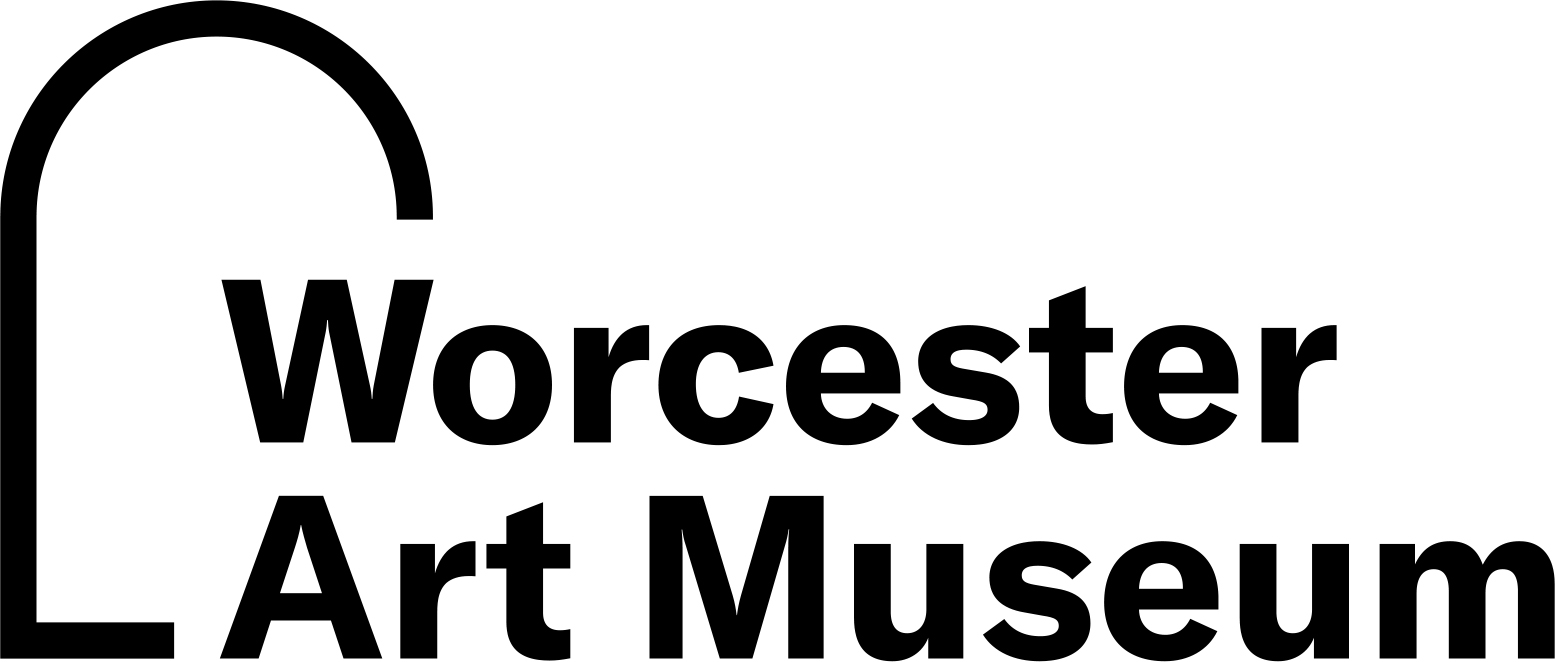Cabasset
Culture
German
, or
Culture
Austrian
Date1600–1630
Mediumiron, brass and leather
DimensionsSkull: 22.3 × 24.9 × 32.3 cm (8 3/4 × 9 13/16 × 12 11/16 in.), 2 lb, 7 oz (weight)
Cheekpieces: 3 oz (weight for each)
Cheekpieces: 3 oz (weight for each)
ClassificationsArms and Armor
MarkingsThere is a punched dot next to the brim above both ears, and a smaller dot near the apex of the skull directly above on the R side (probably was also one on the left, now hidden by the foldover at the top). On both sides a scribed line runs from the lower dot to the apex (through the upper dot on the R side). Another scribed line runs around the base of the skull at the brim, and yet another runs just above it, through the holes for the lining rivets.
"53." in red paint inside, possibly from Hohenwerfen.
Credit LineThe John Woodman Higgins Armory Collection
Object number2014.1112
DescriptionMunitions-grade helmet. Almond-shaped, combless skull of 2 halves, with integral, pointed brim, overlapping longitudinally R over L and fastened together with small, flush iron rivets broadly spaced along the overlap. Medial ridge formed by overlap is roughly filed, with rearwardly angled stalk at apex, formed from the right half. Skull base encircled by row of 12 restored iron rivets with brass rosettes, retaining fragments of leather lining-band. There is no plume-pipe, nor is the brim pierced for carrying. Formed in one with the skull halves and similarly overlapped is the flat, narrow brim that is pointed at its ends. The perimeter of the brim is finished with a strong, plain inward turn over a wire core.
The surface of the helmet is hammer-rough and blue-black from heat. Prior to conservation in Nov 1987, this surface and the underside of the brim were covered by a modern coat of black paint. The removal of this revealed the true surface which retains thin, scratched lines apparently applied to aid in the alignment of the skull halves and the punching of holes for the lining rivets.
With the helmet is a set of narrow cheekpieces of later date, apparently made at the time the skull rivets were applied. These are trapezoidal in form, of two plates overlapping downward, and were once articulated on the leather lining. One set has been riveted solidly together, and both have leather fragments within, and an iron rivet with brass rosette at the bottom of the basal plate. The side edges are inwardly turned and flattened within.
Black-from the hammer finish, except where obliterated by filing around the crest. Radial hammer marks are very visible going around the brim on its upper side.
Label TextThe cabasset was used by virtually all European armies from the mid-1500s through the mid-1600s, and some have been excavated from colonial American settlements. The helmet was particularly popular with musketeers, as its flat brim gave protection without interfering with aiming.ProvenancePurchased by J.W. Higgins on February 11, 1928, at Anderson Galleries (NYC), sale no. 2232, part of lot 342. Price paid for lot $40. Given to the Armory on January 8, 1947. See HAM 438-441, 443 Collection transfer from Higgins Armory, January 2014.
On View
Not on viewDesiderius Helmschmid
about 1552



















